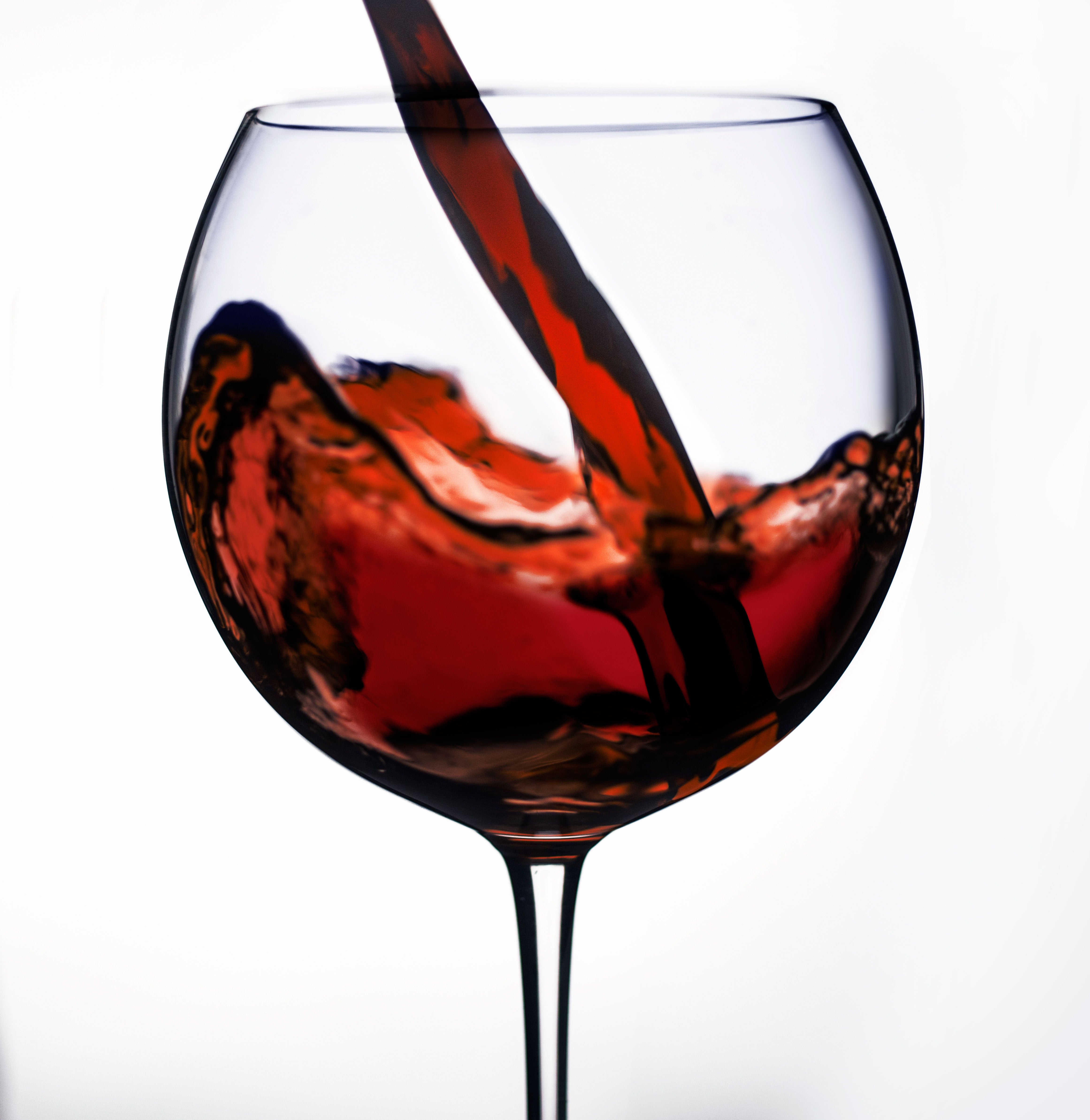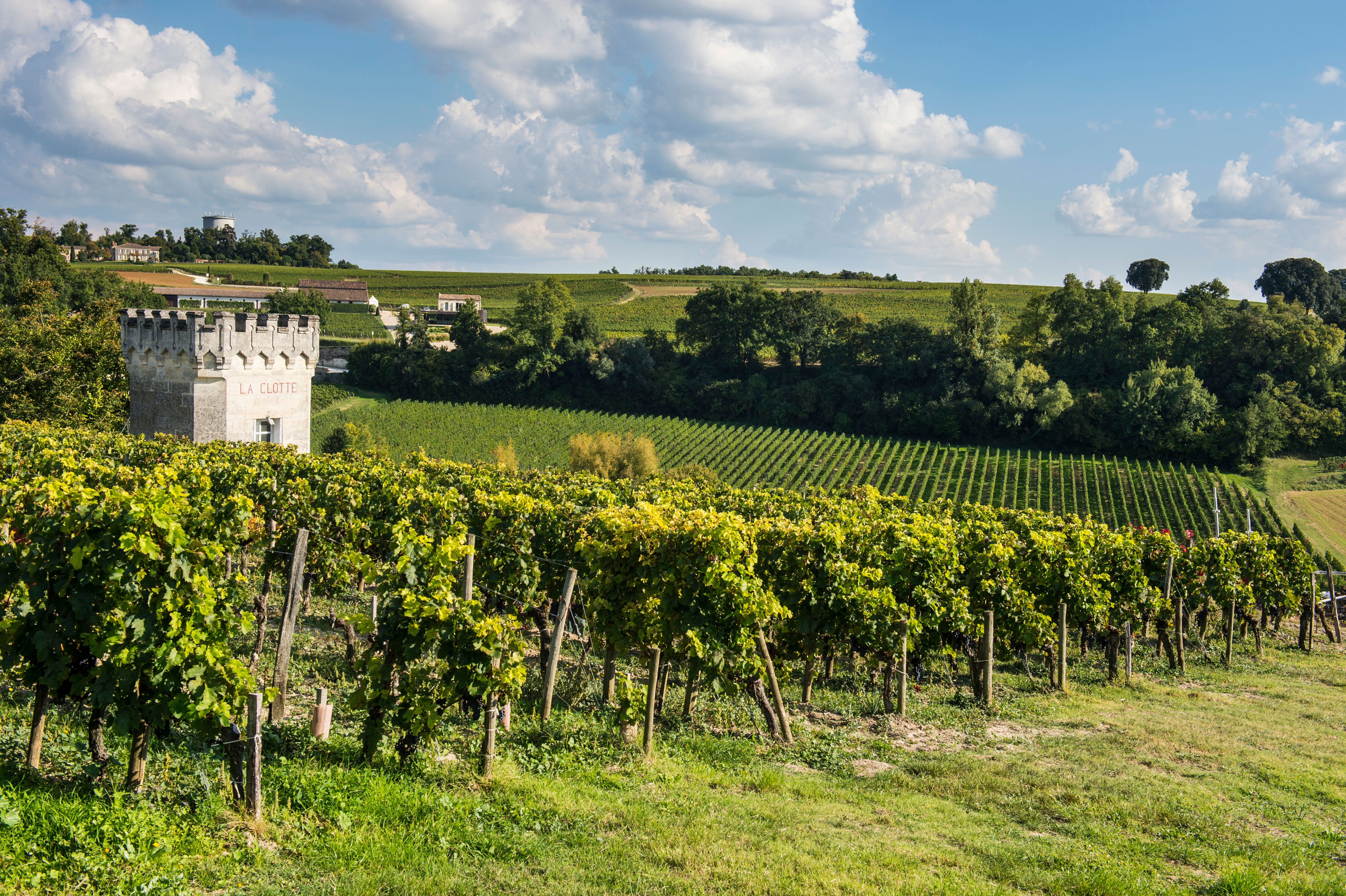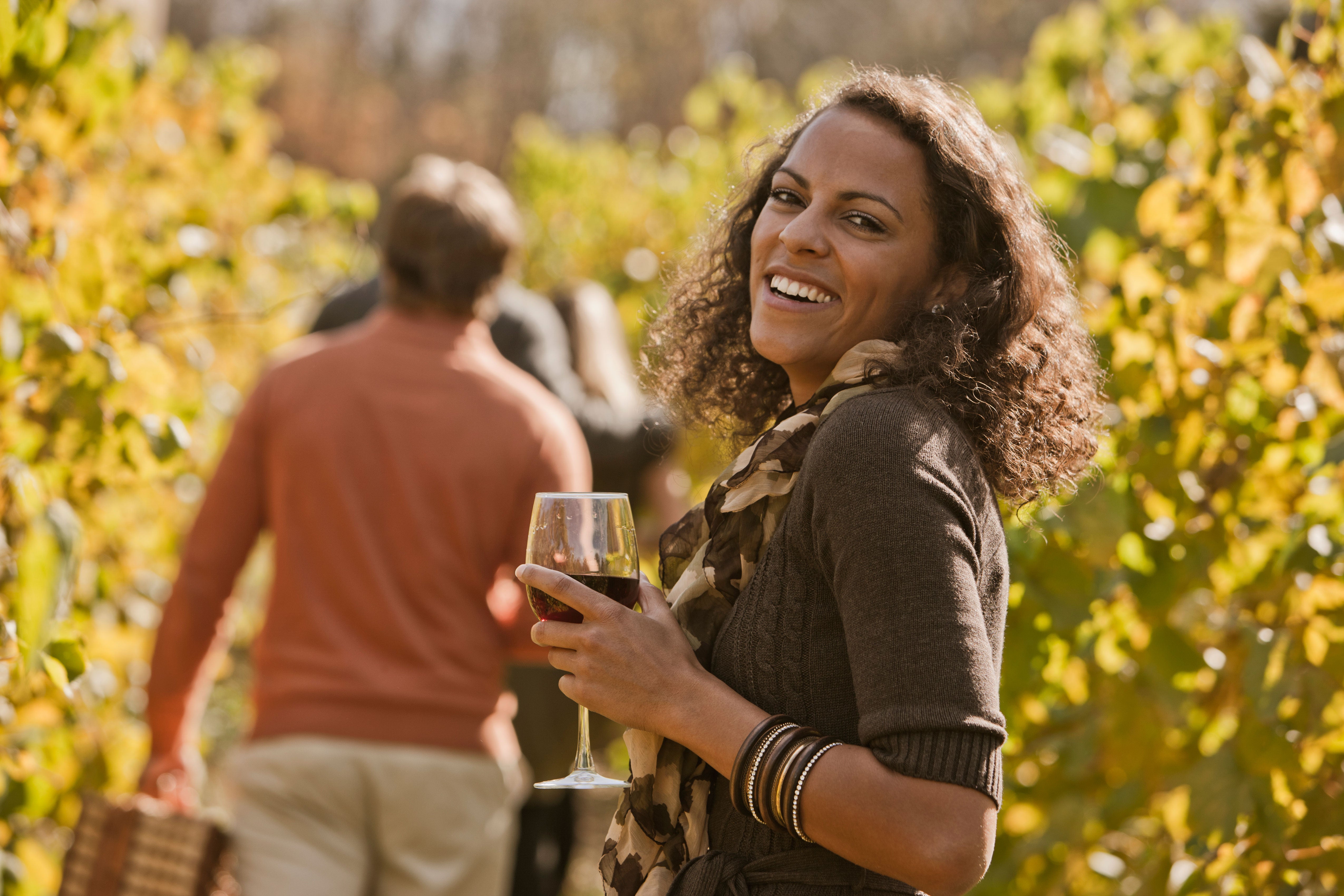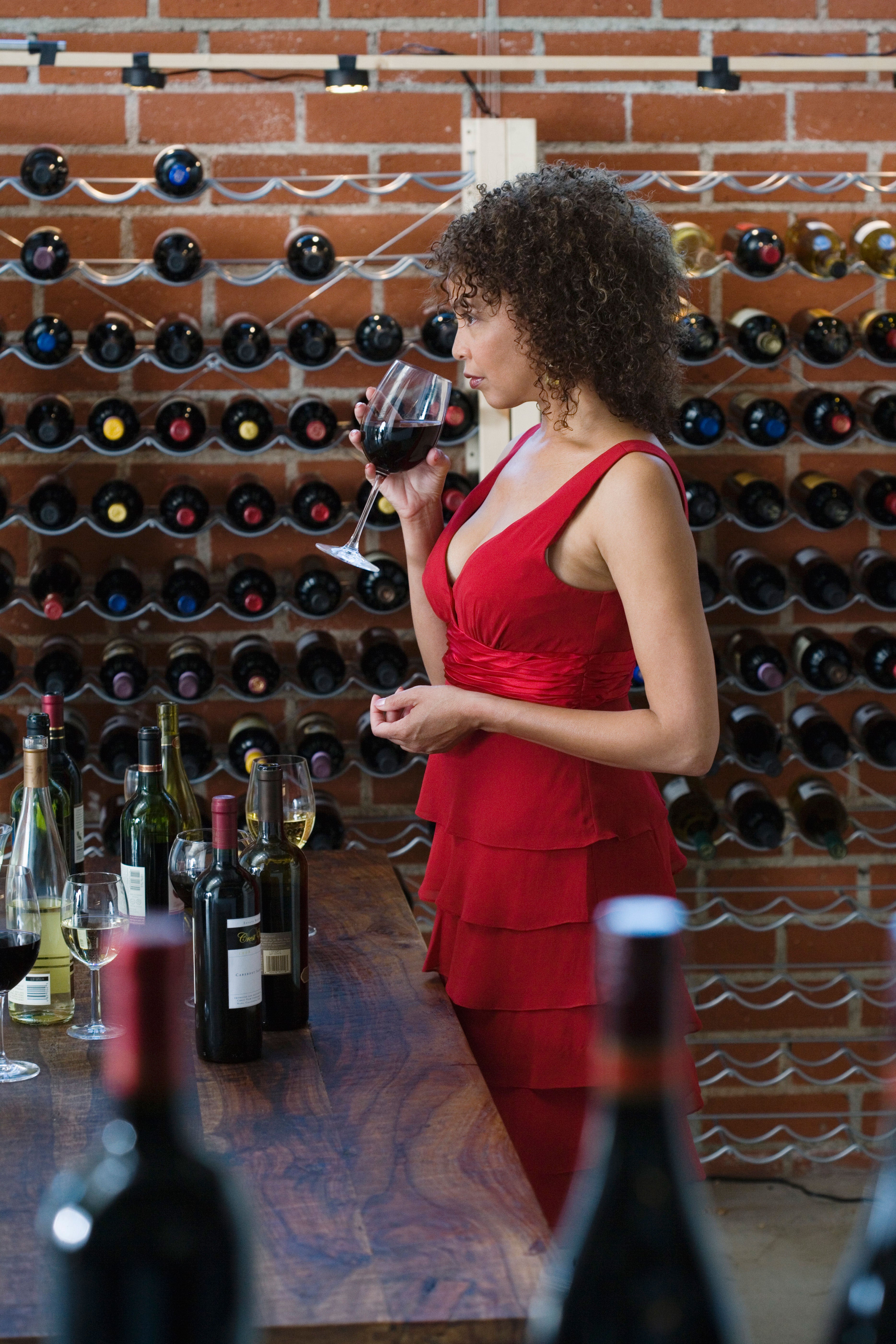Believe it or not, red, white and rosé wines can all be made from red grapes. How? During the red wine-making process, grape skins are left on, giving the wine it’s red hue. Though white wine can come from white grapes, red grapes are used in some cases. For those varieties, the juice is extracted from the fruit and the skins are discarded. So where does rosé come from? The pink hue is oftentimes a result of red grapes that are soaked with their skins for a brief period of time before the juice is strained. The deeper a rosé is in color, the longer it has soaked with the skins. Ta-da!
The body of a wine becomes evident as soon as you take the first sip. Typically, full-bodied wines are red and are higher in alcohol content because they’re higher in sugar. Light-bodied wines are generally white wines. To determine whether the wine you’re sipping is full-, medium- or light-bodied, think about dairy (we know, it’s weird). Is the wine coating your mouth like whole milk would? You’re drinking a full-bodied wine. Does the weight remind you more of 2 percent milk? That’s medium-bodied. Or is it more lightweight like skim milk? It’s a light-bodied wine.
Whether or not you realize it, you know what tannin is. Have you ever sipped a red wine like a Cabernet Sauvignon that has left your mouth feeling dry or with a slightly bitter aftertaste? That dryness signifies that the wine is high in tannins, or is tannic. The phenomenon is a result of the grape juice soaking with the seeds, skin and stems while it is aging. The longer it has soaked, the more tannic the end result will be.
Feeling adventurous? Try a blend! A blend is—you guessed it—a combination of grape varieties. We’re used to seeing standard varietals like Chardonnays, Zinfandels or Merlots, but blends are a mix of two or more varieties (it’s important to note that most varietals contain various grapes. In the United States, a wine must contain 75 percent of one type of grape in order to be considered a varietal. That percentage varies by country). Blends can offer more complex smells, tastes and bodies than singular varietals.
Old-world wine regions refer to countries—oftentimes in Europe—that have been producing wine for centuries (think France, Italy, Spain, Austria, etc.) while new-world regions are nations that are somewhat new to the wine game (the United States, Argentina, South Africa, New Zealand, etc.). Though people have their preferences, the biggest difference between the two regions is that old-world regions are set in their methods. The wineries have centuries-old regulations that they follow, while the newer regions might tend to be more experimental in their processes.
Though most wine regions grow a plethora of grapes, certain regions are known for specific varieties. France boasts some of the best Cabernet Sauvignon, Chardonnay, Pinot Noir and Merlot grapes, while Italy is known for their Pinot Grigio, Moscato and Sangiovese grapes. Argentina grows some of the best Malbec in the world and Spain produces Garnacha and Tempranillo. The United States is a mixed bag, exporting Zinfandel, Chardonnay, Merlot and Cabernet Sauvignon grapes. For more info, check out Wine Enthusiast.
You’ve seen people swish their wines before taking a sip, but what exactly does that do? The swirling motion lets oxygen in and allows the wine to “breathe,” bringing out all of the drink’s textures and flavors. Look at how the wine drips down the side of the glass—the “thicker” the wine appears, the higher the alcohol content. When taking a sip, coat your mouth with the wine and pay close attention to how your tongue reacts. If the tip of your tongue tingles, it means the wine is more sweet as opposed to bitter, which is picked up on the back of your tongue. If the sides of your tongue are stimulated, that means you have a sour variety. Check out Food & Wine for some wine-tasting exercises you can try tonight.
Now that you know the basics, what should you look for next time you drop by the wine store on your way home from work? If you like fuller-bodied wines, try a Syrah, Cabernet Sauvignon or Malbec. Popular medium-bodied wines include Zinfandel, Merlot and Sangiovese, while Pinot Noir rounds out the light-bodied red wines.
Are you more of a white wine person? If you’re in the mood for dry white wine, pick up a Chardonnay or a Sauvignon Blanc. Want something off-dry (semi-dry with a hint of sweetness)? Check out a Riesling or a Pinot Gris. And if you’re on the hunt for a dessert wine, nothing is sweeter than a Moscato!
When you’re thinking about food and wine pairings, think about the wine’s body. If you’re eating heavier, richer foods (think: steak, ribs, pasta with red sauce, lamb), you can’t go wrong with a full- or medium-bodied red wine. On the other hand, lighter white wines fare well with lighter foods (fish, chicken, salads, light pastas). Still stumped? Visit Food & Wine to see which wines you should be sippin’ with your dinner tonight and be sure to check out First Leaf, our new wine club, to help you in your quest to becoming a wine whiz. Cheers!









